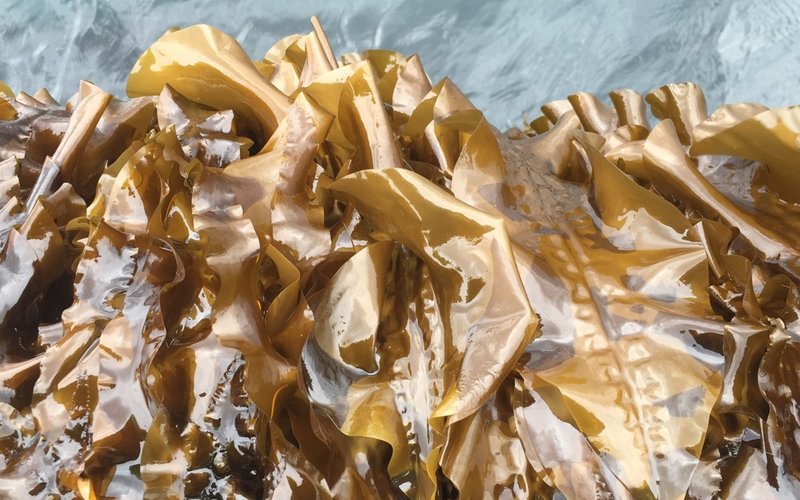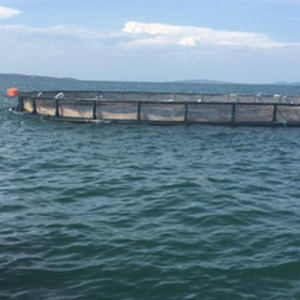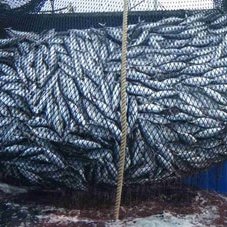Norwegian research scientists from the SINTEF are convinced that kelp may share many of the applications of soy and oil in the fish farming industry. “We can break seaweed down into their basic constituents and recombine them to make useful products,” said researcher Silje Forbord at SINTEF. “We can use seaweed to make clothes, furniture materials, food packaging, drinking straws and biodegradable bottles,” Forbord said.
The team has been active in the forefront of a research project called MACROSEA, which is providing new insights into the potential of seaweed farming in Norway. The project has also succeeded in developing innovative solutions that will assist in industrializing the Norwegian seaweed sector.
Systematic studies of cultivation conditions, fouling, and the genetics of the brown alga sugar kelp were carried out by the team and, for the first time in Norway, has succeeded in growing the much-coveted red alga palmaria (also known as red dulse) in nets at sea. They have also developed algal growth models, which in turn are linked to 3D hydrodynamic-ecosystem models, to estimate how seaweed production progresses under different conditions. The results demonstrate that seaweed farming has the potential to become a major new industry in Norway.
The group has been looking into how it might be possible to manipulate macroalgae growth and the content of chemical constituents such as proteins by cultivating seaweed in a variety of locations with contrasting environmental conditions. They have grown seaweed seedlings (embryonic plants) planted in the sea on ropes along the Norwegian coast and have then observed how these develop over a growing season extending from February to September. The results are now being used to design seaweed farms for deployment in offshore sites in the county of Møre og Romsdal, and the production of salmon and seaweed in a combined aquaculture facility in Nordland.
“Large stretches of the Norwegian coast offer excellent growing conditions for seaweed,” said Forbord. “From 20 million tons of seaweed, we can extract 100,000 tons of protein. This corresponds to a third of the mass of soy protein that Norway currently imports annually for salmon feed,” she added.
The MACROSEA project is funded by the Research Council of Norway and is a joint effort involving several Norwegian and international research partners. The researchers are unanimous in their view that seaweed may offer many of the same applications as soy and oil. They may thus be able to substitute for these resources in several different contexts such as replacing oil-based plastic and they can also be used to capture CO2.













